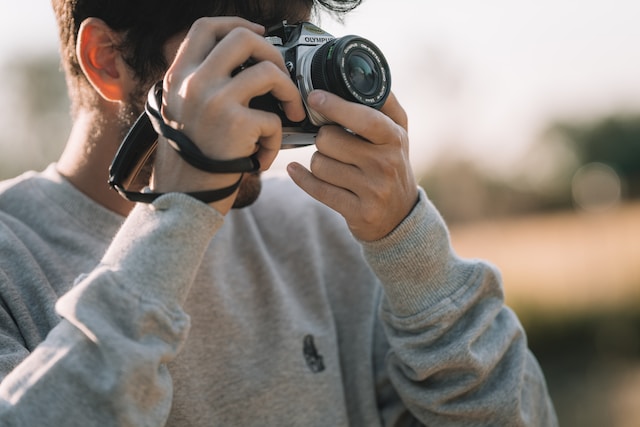
As an avid photographer, I can attest to the fact that photography gear and equipment can make or break a shot. The right camera, lens, tripod, lighting, and accessories can take your photography to the next level, while the wrong ones can hinder your progress and limit your creative potential. Choosing the right gear and equipment is crucial for achieving the results you want, whether you’re a professional photographer or an amateur enthusiast. It pays to pay attention to the different types of photography gear and equipment, key features to consider when choosing them, and popular brands and models. With this, you’ll have a better understanding of what you need to take your photography to the next level.
Camera
The camera is, of course, the most important piece of photography gear and equipment in any photographer’s toolkit. Choosing the right camera can be overwhelming, especially for beginners. However, investing in a quality camera will make your photography journey so much more enjoyable and rewarding.
While there are countless options to choose from, my go-to camera is the Canon EOS 5D Mark IV, which boasts a 30.4-megapixel sensor and advanced autofocus capabilities. It’s a bit on the expensive side, but I’ve found that the investment is worth it for the quality of the images it produces.
If you’re just starting out, I recommend going for a DSLR camera. It might seem intimidating at first, but once you get the hang of it, you’ll appreciate the amount of control it offers. Canon and Nikon are two trusted brands that offer great options for beginners.
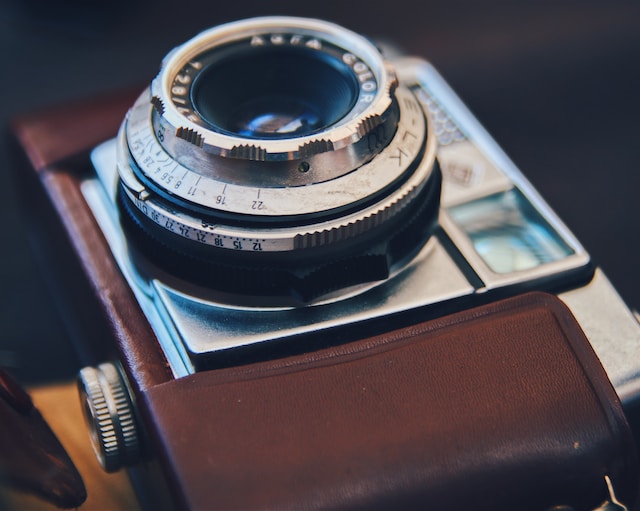
One of my personal favorites is the Canon EOS Rebel T6i. This camera offers excellent image quality, a user-friendly interface, and a variety of shooting modes to help you learn and improve your skills. It also has Wi-Fi and NFC capabilities, which come in handy for quickly transferring your photos to your phone or laptop for editing.
Another great option for beginners is the Nikon D3500. This camera offers impressive image quality, a compact design, and easy-to-use controls. It’s also affordable, making it a great choice for photographers on a budget.
When choosing a camera, it’s important to consider what you’ll be using it for. Are you interested in portrait photography or landscapes? Do you plan on shooting in low light or capturing action shots? Understanding your needs will help you choose a camera that can deliver the results you want.
Lenses
Having the right lens is just as important as having the right camera. Different lenses can dramatically impact the look and feel of your photos, so it’s important to choose wisely. Lenses can be the difference between a good photo and a truly amazing one. It can be overwhelming to choose the right lens for your photography, but with some simple tips, you can make the process easier.
First, it’s important to understand the types of lenses available. There are zoom lenses, which allow you to change the focal length of the lens, and prime lenses, which have a fixed focal length. Zoom lenses are great for versatility, as they allow you to cover a range of focal lengths. Prime lenses, on the other hand, often have a wider maximum aperture, which makes them great for low-light photography and achieving a shallower depth of field.
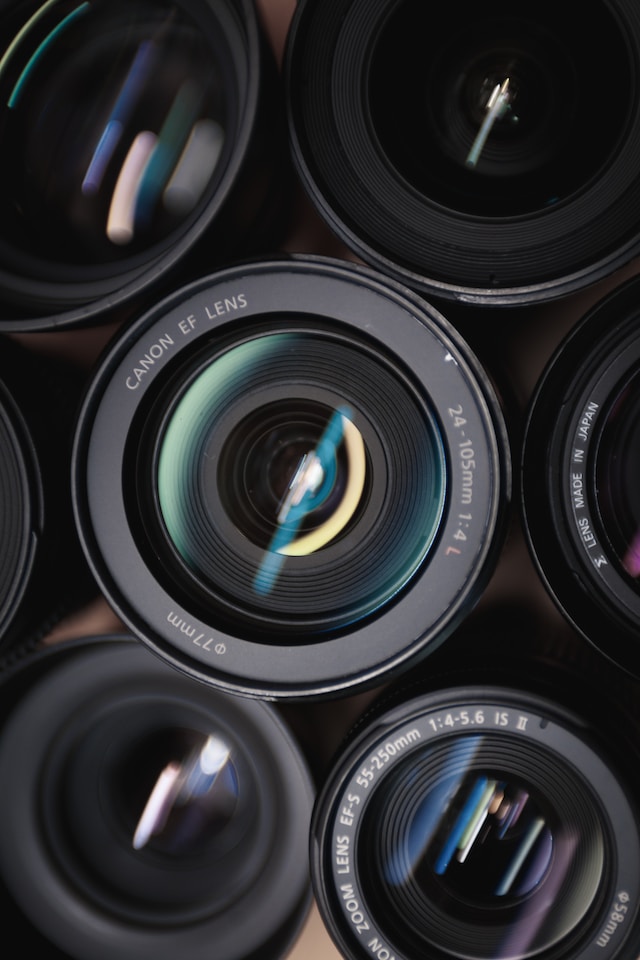
When choosing a lens, think about what you’ll be using it for. If you’re interested in portrait photography, a prime lens with a wider aperture, like a 50mm or 85mm, is a good choice. Not only will it give you a beautiful, creamy bokeh, but it will also give you a shallow depth of field which will make your subject stand out. For landscape photography, a wide-angle lens, like a 16-35mm, is a good choice. It will allow you to capture more of the scene and give you a greater sense of depth.
Another factor to consider is the lens’s maximum aperture. This is the maximum amount of light the lens can let in through the aperture. A wider maximum aperture, like f/1.8 or f/2, will allow you to shoot in lower light conditions and create a shallower depth of field. However, a wider maximum aperture will also make the lens heavier and more expensive.
Lastly, consider the brand and quality of the lens. While there are plenty of third-party lenses available, it’s often worth investing in lenses from the same brand as your camera. This is because they are often better suited to your camera’s specific features and functions. Also, higher-quality lenses will often have better optics, resulting in sharper and more true-to-life images.
Tripods
A tripod is a must-have accessory for any photographer who wants sharp, steady shots. No matter how steady you think your hands are, there’s always going to be some amount of movement when you’re holding a camera. This movement can result in blurred or soft images, especially in low light or when using slower shutter speeds.
Tripods allow you to experiment with different angles and heights. With a tripod, you can easily adjust the height of your camera and try out different perspectives without having to worry about holding the camera steady. This gives you more creative freedom and opens up new possibilities for your photography.
The precision and control that a tripod offers are more reasons to invest in one. With a tripod, you can fine-tune the composition of your shot, make small adjustments to the focus, and ensure that everything is perfectly in frame. This level of precision can be especially important for certain types of photography, such as landscape or architectural photography, where every detail matters.
While there are many different types of tripods available, I prefer a sturdy carbon fiber model like the Gitzo GT1545T Series 1 Traveler.
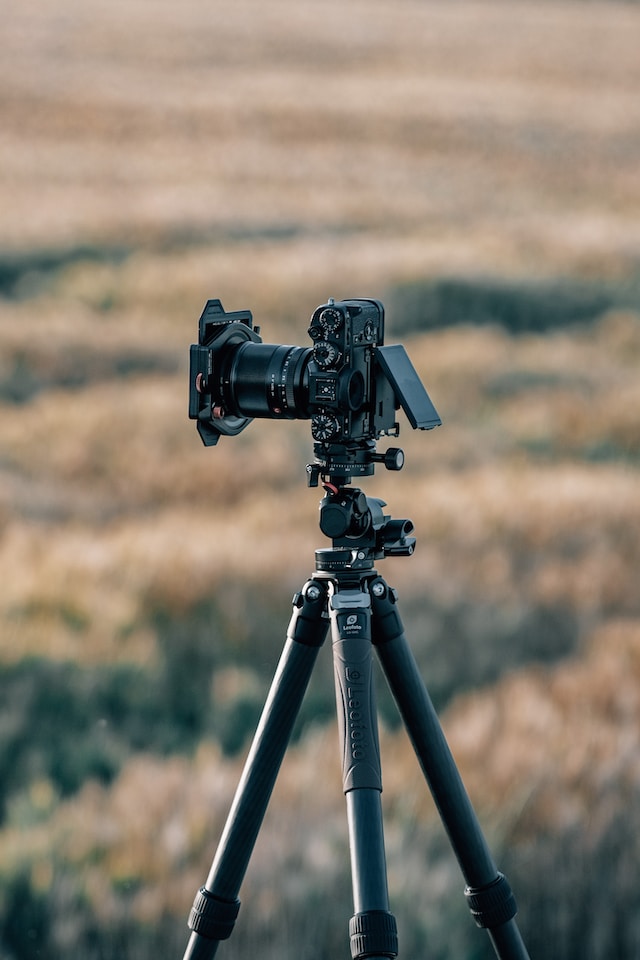
It’s lightweight and compact, making it easy to take on the go, but still provides great stability for my camera.
Lighting
Lighting can make or break a photo, so it’s important to have the right equipment to handle a variety of situations. For outdoor shoots, reflectors are a popular choice as they help control natural light. Reflectors come in a variety of shapes, sizes, and colors and can help enhance the look and feel of your photos. Softboxes and umbrellas are popular lighting equipment options for indoor shoots. They help diffuse and soften light, eliminating harsh shadows and creating a more even illumination.
Consider the type of photography you’ll be doing. For portrait photography, a softbox is a great option as it helps create soft and flattering light. Alternatively, if you’re taking photos of products or still-life scenes, a smaller LED light may be all you need to get the perfect shot.
One thing to keep in mind when selecting lighting equipment is the color temperature. Color temperature is the measure of how warm or cool a light source is. It is measured in Kelvin (K) and can range from warm oranges and yellows to cool blues and whites. Understanding the color temperature you’re working with and choosing lighting equipment that complements it is crucial in creating a consistent and cohesive look in your photos.
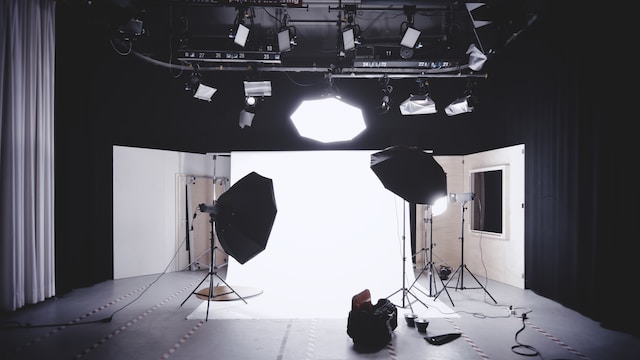
Another factor to consider is the power output of your lighting equipment. The power output is measured in watts and determines how bright your lights can be. Choose lighting equipment with the right power output for your needs. If you’re working in a large studio, you may need more powerful lighting equipment to ensure that everything is evenly lit.
Consider the brand and quality of the lighting equipment you’re purchasing. Investing in high-quality lighting equipment will save you time and money in the long run, as it will be more reliable and durable. Brands like Profoto, Bowens, and Westcott are known for their high-quality lighting equipment and are trusted by professional photographers worldwide.
Accessories
There are countless photography accessories out there, but a few that I find particularly useful are a good camera bag, a remote shutter release, and extra memory cards. You can’t have photography gear and equipment without a handy camera bag, so choose one that is spacious and well-padded, but also still fits in overhead compartments on planes for those times when you go traveling. A remote shutter release like the Canon Wireless Remote Controller helps me avoid camera shake when shooting long exposures or self-portraits. Finally, I always make sure to bring extra memory cards so that I never run out of space.
Investing in quality photography gear and equipment can be a big expense, but in my experience, it’s worth it for the results. Whether you’re shooting professionally or just for fun, having the right tools can make all the difference in capturing the perfect shot. With the right camera, lenses, tripod, lighting, and accessories, you’ll be well on your way to creating stunning photography for years to come.